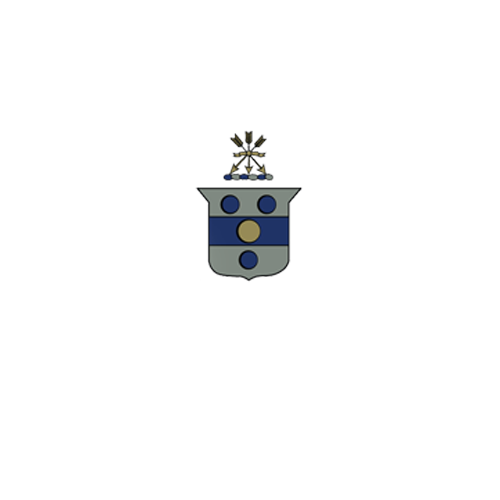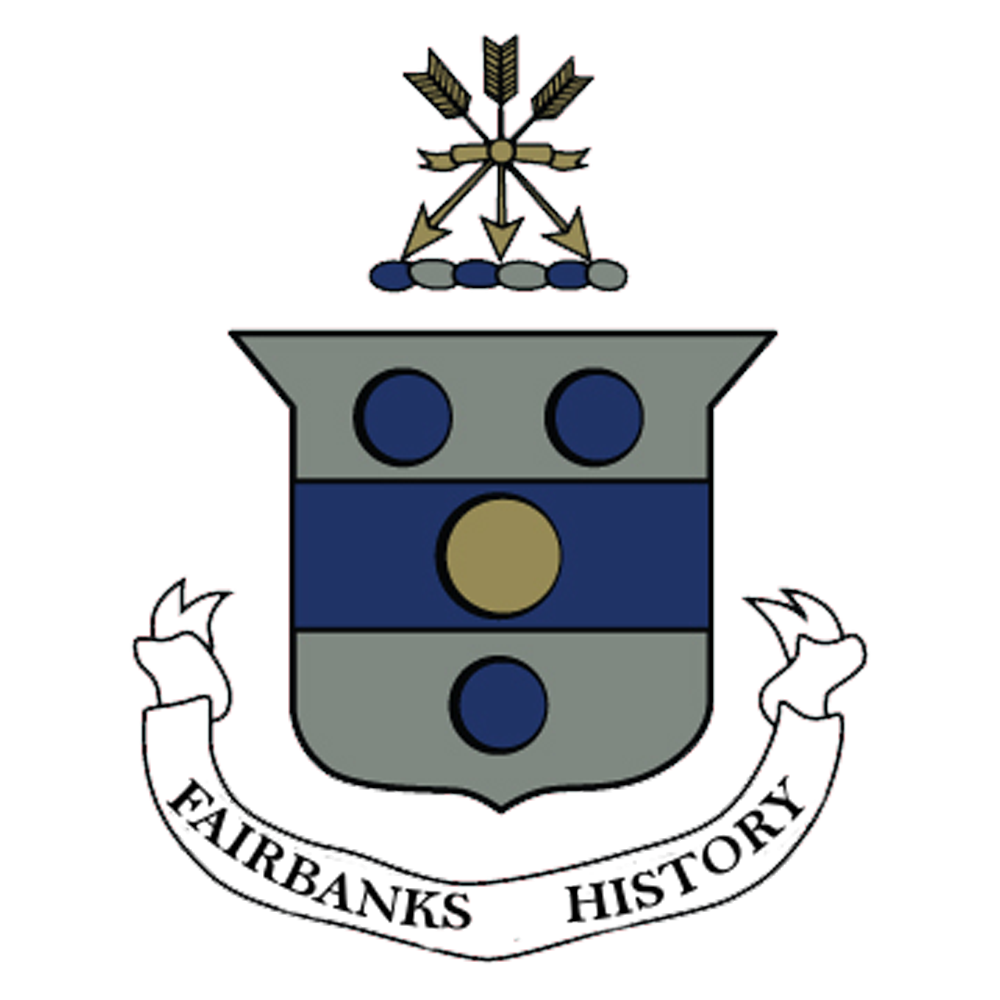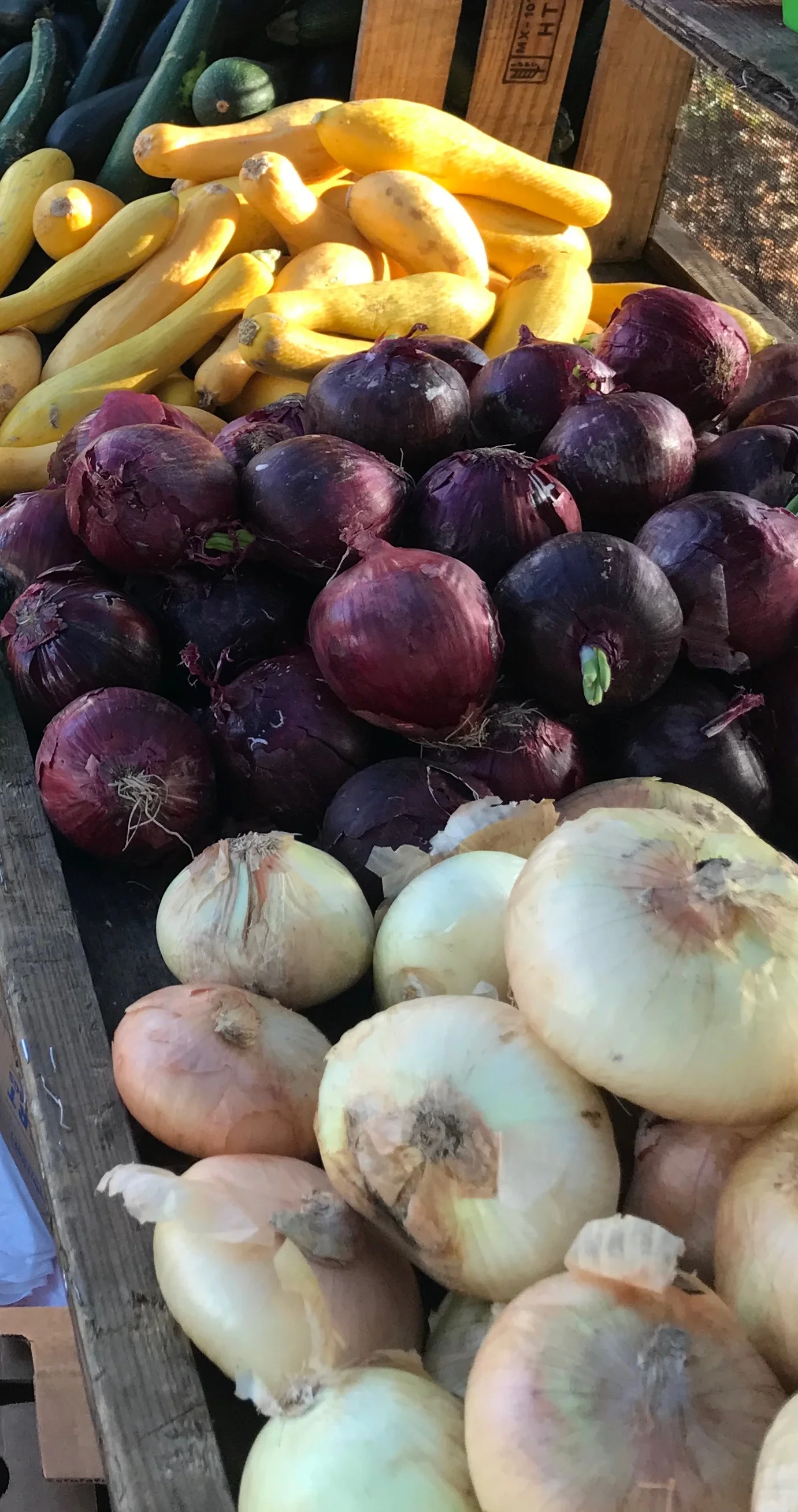Gardens, Markets, and Fairs of 17th Century Britain
The Sources of Food and Necessities for the Fairbanks and Prescott Families in 17th Century West Riding, Yorkshire, England
What are you having for dinner tonight? Are you taking your family to a restaurant, having carry out, or do you need to go to the grocery to get some needed ingredients? Oops, there are no restaurants or stores. There may be a butch or baker miles away. You may have a garden out back. Welcome back to the 17th Century Britain of Jonathan Fairbanks and John Prescott.
Enjoy walking to the market once or twice a week and an extra time on Sundays during harvest. The fairs are a big event held a couple of times a year. It is fun. You see your neighbors, get the gossip, size up your wealth or style – there are no Style magazines. You can sell the extras from your garden or loom to buy what you need or save it for an exotic item from far away at the next fair.
From Sowerby to Halifax the nearest market or fair, it was 4.5 miles by foot.
Halifax
Market
Markets were held in the larger parish towns or even at a manor, but always within walking distance of the people it served. The markets for the Fairbanks and Prescott families were much like our farmer markets today. Halifax, the parish center of West Riding of Yorkshire, England, was only about four and a half mile walk from Sowerby. It was the third largest market in Yorkshire. People of that parish traveled there once or twice a week to buy general necessities or sell their surplus.
Stalls and Stands
Vendors set up their tents or opened stalls along the designated narrow streets. The type of product sold determined where the stall was set. A few, the butcher or baker, would put an awning out in front of an open front two story building to sell their wares. They would live or store their stock above the open front on the lower floor.
Each stall had to pay a toll or tax to be present. Even a roving vendor had to pay. A rope or wall of the town marked the area for legal vendors. Rogue vendors were expected to stay out. If you were found buying from them, inside the ropes or at an undesignated place, you were fined the same as the ‘raider.’
The King granted markets and fairs, set dates, weights and measures, and prices.
The king or chancellor granted the rights to hold the markets and fairs. They established the dates, the weights and measures for common goods, and the prices. They took their percentage. The Mayor or bailiff proclaimed the opening of the market or fair, established the rules, and oversaw anyone who strayed from procedure or quality of product. There were viewers of flesh and fish, ale tasters, and other checks and balance systems.
Products
Fruits
Apricots
Grapes
Currants
Apples
Pears
Cherries
Berries
Plums
Butcher
Pigs and Hogs
Beef
Mutton
Rabbits
Vegetables
Asparagus
Spinach
Cucumbers
Lettuce
Cabbage
Carrots
Leeks and Onion
Peas
Beans
Poulter
Chicken
Duck
Geese
Capon
Dairy
Cheese
Eggs
Milk
Coarse Bread
White Bread
Custards
Cheesecake
Apple pie
Fishmonger
Oysters
Herring
Salmon
Seafish
Beverages
Ale
Beer
Wine
Household
Coal
Dishes
Earthenware
Herbs for Medicine
Farm
Lumbar
Coal
Rushes and Straw
Brooms
Corn and Hay
Grass and seeds
Bread
Cabbage
Onions
Returning Home
The Fairbanks and Prescott families carried things to sell to market toted things back to their homes on their heads, shoulders, or in each family member’s arms. If they were lucky, they put some of their wares in the baskets (panniers) draped over the back and sides of their small stout Galloway horse. Live animals were herded.
Fairs
At a fair, you might be ‘thronged to death’ in the hordes of people who turned out. The multitudes anticipated the events for weeks. They sang and wrote tales about it. Everyone enjoyed a symphony of sounds, kaleidoscope of sights, and a potpourri of smells as vendors clamored for attention. The local folk were dazzled by entertainment, news and gossip, new ideas, different foods, customs, clothes, and cultures
Fairs were held two or three times a year and would last several days or a week. Like markets, they were granted and sanctioned by the king or chancellor. At the bigger fairs, people all around England and other countries established their booths to sell exotic and unusual items. Unlike markets, the items were non-perishables except for prepared foods for the fair goers. These were provided by the cook shops.
Fairs on Saint’s Day
One of the town’s fairs was held starting on or around the feast day of the patron saint of the parish. Halifax Parish’s patron is Saint John the Baptist. His feast day is on June 24. That celebration started with fires lit on the mountains to welcome the sun of the summer solstice. On some feast days, special foods or items were needed to observe the occasion. Some examples are special spice cakes, buns, and biscuits. Geese were restricted to Christmas, Good Friday, and days of burials.
Harvest Fairs
Other fairs were in September and October, around harvest. At that time cattle were herded from Lancashire and North Yorkshire to Halifax to provide winter meat for the Calder Valley people who could not raise their own. They would herd what they needed home to dress out, enjoy fresh beef, then cure or smoke the rest in their chimneys to preserve it for winter.
Specialty Fairs and Unique Products
Colorful Ribbons
At times, the fairs were held to provide a special product such as horses and cattle, cheeses, or wool cloth. They all provided some luxuries, like colored ribbons.
Other items that may be sold at fairs were books, gold, jewelry, upholstery, pewter, bread, seals, cloths and clothes, farm tools, housewares, furniture, rugs, ceramics, and china.
Exotic purchases could include calico from India, porcelain, silk, china and tea from Asia. Spices, sugar, coffee, tobacco, and rum came from the New World.
Crimes
With diverse vendors, fairs were cultural events. Attendees could explore the customs, cultures, and costumes of foreigners. On a local level, they measured themselves with neighboring towns and counties. On a local level, behavior of neighbors might be judged at fairs and taint a whole community.
More serious crimes were tried on the spot by sanctioned pie-powder courts. The name pie-powder came from the French word for pedlar or alien merchant. These courts were held immediately so the perpetrator could be judged, fined, or punished before they left the region to go to another fair or back to their county or country. These courts tried disputes between merchants or dealt with acts of violence and theft at the market or fair.
The defendant was called first by the Mayor or bailiff. The plaintiff arranged witnesses and documents in a timely manner. The defendant was allowed to rebut. Fines and public humiliation were the common sentence for infarctions at the fair.
https://www.british-history.ac.uk/vch/oxon/vol4/pp305-312
https://en.wikipedia.org/wiki/Court_of_piepowders
https://definitions.uslegal.com/c/court-of-pie-powder/
Entertainment
Entertainment was an important part of fairs. The above courts and punishment served as amusement for the crowds. Halifax was known for its guillotine, the Gibbet. Beheading was used for baser crimes, like theft of wool cloths drying on tenters outside a wool weavers houses. Crowds would gather for those events.
Other amusement could encourage shoppers toward different stalls. Some examples are: puppetry, stilt walkers, clowns, jugglers, acrobats, and performing animals. The audience threw money on the street if they enjoyed the act. There were also pubs, like ‘Cross,’ now called Union Cross in Halifax, eating houses, playhouses, tournaments, dances, and music.
Read a detailed description of Markets and Fairs at:
https://www.british-history.ac.uk/vch/oxon/vol4/pp305-312
What’s Coming Up Next
I’ll see you when I get back from the grocery store or on the next blog about the Halifax Gibbet.













